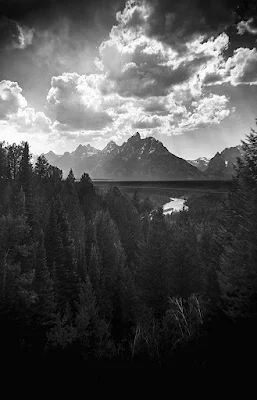I recently met a photographer who specializes in wet plate portraits, cyanotypes, and silver gelatin printing. He uses a bunch of old cameras, much older than those in my collection. As I was telling him how I spent my last three weeks restoring a camera and how it wasn't perfect, he said something along the lines of how a restoration should never be perfect. If it is perfect, people won't believe it. An old, restored camera should have evidence of the restoration, giving it evidence of use, character, and life. I like this idea.
The Eastman View No. 1 is a beautiful camera made of mahogany for the top, and cherry wood for the beds. Here's the camera the day I picked it up. It came with a trunk full of wooden 5x7 film holders and two 8x10 holders. The set included an extension rail for the front standard and an extension rail for the rear standard, but no base bed for the camera. The wood slots under the rails were shattered and broken into many pieces so the camera couldn't even move on the rails.
I started by gluing and clamping the broken pieces together, then adding wood filler to the extensions.
It wasn't too long before it started to resemble a camera.
The leather handle on the top of the camera was missing, so I cut some leather and put some antique brass grommets in each end. In the second photo below you can see the serial number of the camera: 25.I was missing several screws because there was no wood to hold them in place. A trip to the hardware store allowed me to find some antique brass screws which fit the camera.At this point I was pretty happy with how the camera was looking. The bellows were light-tight. The standards were moving along the tracks and the rails were fitting in the slots in the extension. But I was still missing the base piece.
I purchased an extension with tracks on eBay for another large format camera and removed the tracks. Without knowing the dimension of the base I looked at a few images from an old Kodak catalog to see what it might have looked like. I also looked for online images of this camera, but couldn't find more than one site with some good images. I cut a piece of cherry wood, added a threaded insert to the center for tripod mounting, added slots for the rails and the track with a table saw, and then notched-out spots for two hinges.The camera fits on the base perfectly, allowing the front extension to fold up against the front standard held in place by a brass lever. I bought some film and two additional (more modern) 8x10 film holders. The film was much easier to load into the plastic film holders compared to the ones made from wood.
The only thing left to do was to take some photos. I packed it up and drove to my favorite place, Teton National Park.And finally, below are a few of the photos taken with the 1912 Eastman View No. 1, the Special Anistigmat 7.5 inch, and CatLABS 80ii.
This last image was taken during a storm. I stood as close as possible to the ground glass to protect it from the sand blowing in the air while the skin on the back of my legs was being sand-blasted off. The storm blew in some dramatic clouds and I only had minutes to capture this image before the storm moved on. The wind ended up breaking my Manfrotto tripod, but I'm happy with the image.


















































